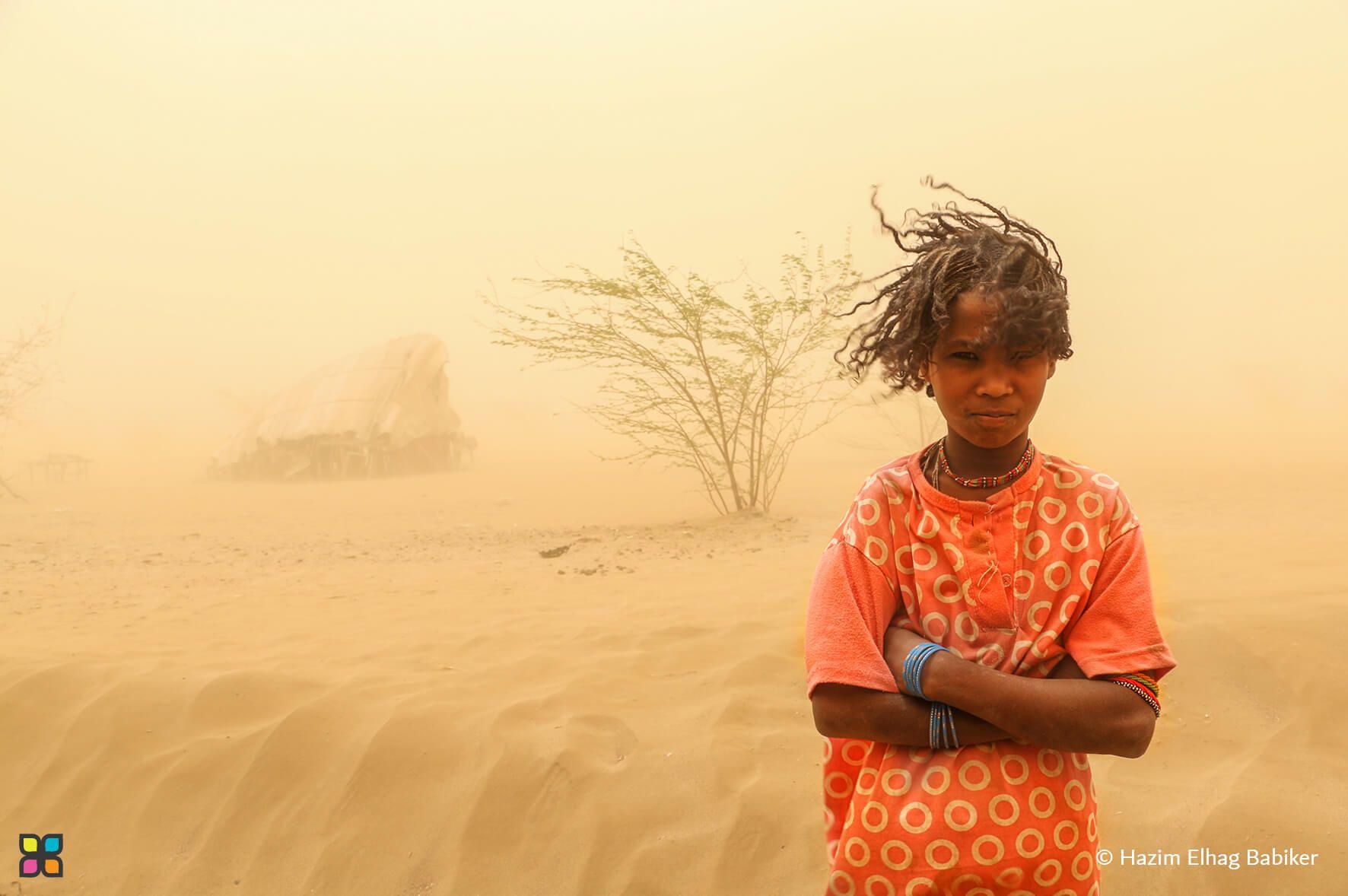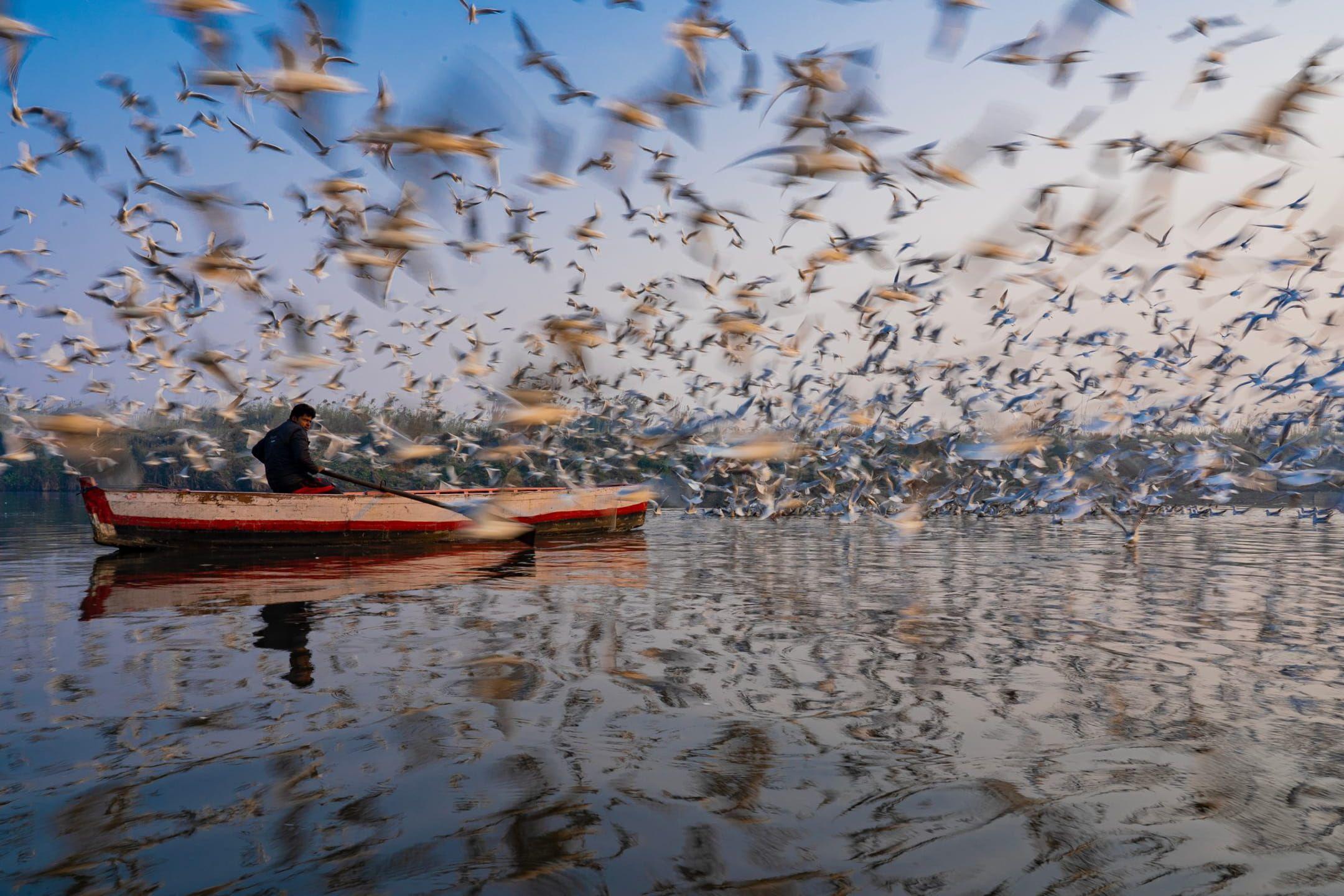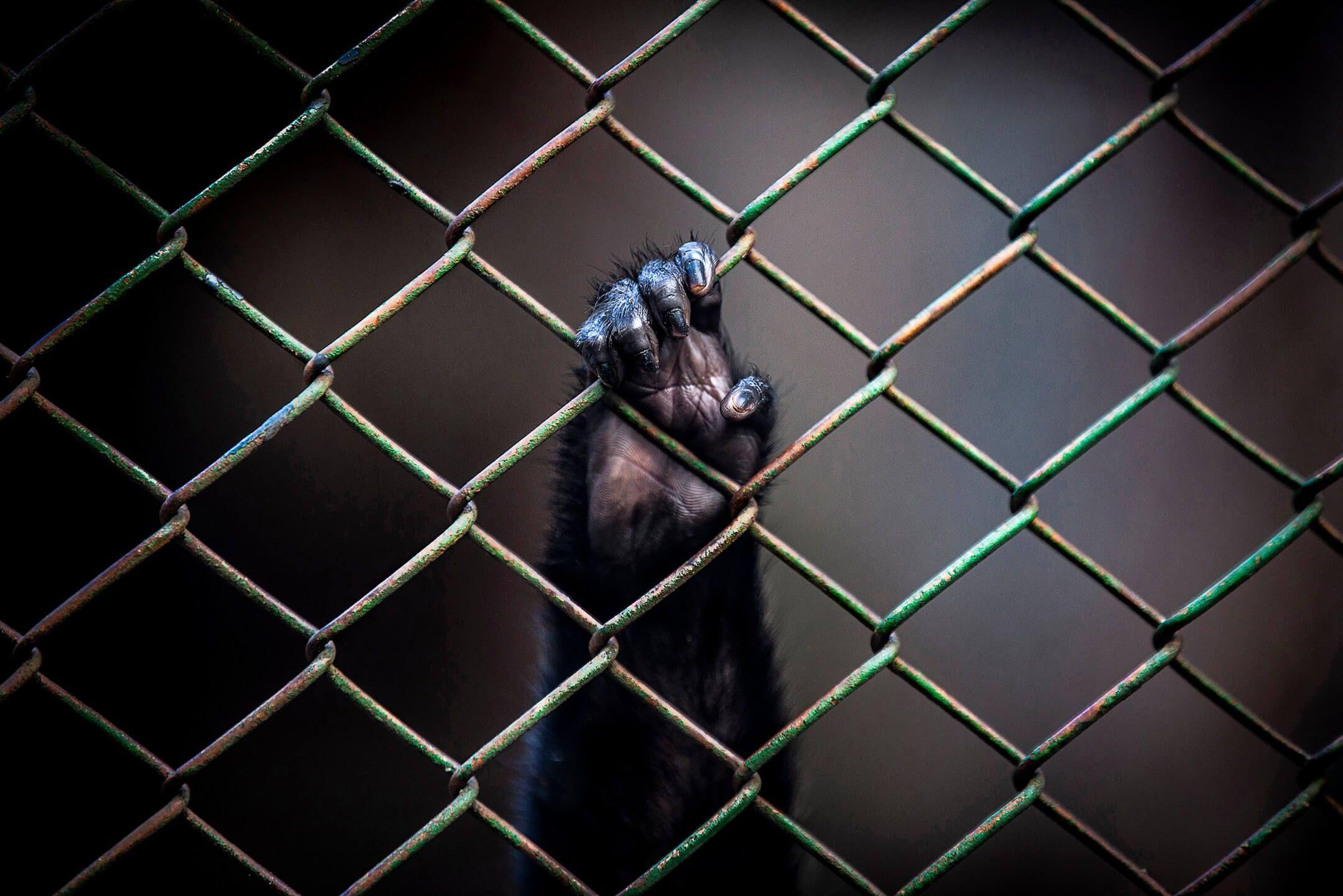Svalbard’s polar bears, one of the 19 recognised polar bear populations, swim the Barrent Sea for survival. There, sea ice has been more rapidly diminishing than anywhere else in the Arctic. Most of these polar bears rely on ice edges to hunt and feed their young.
Though the polar bear population of the Barents Sea has managed to adapt to the loss of sea ice by feeding on reindeer—an unusual behaviour—and seabirds, the continued loss of sea ice will eventually result in far too long swimming journeys to their dens.
Svalbard is gaining a steady interest through social media content as a country of “more polar bears than people” and a fascinating destination that doesn’t require a visa.
However, the ramifications of population growth and its environmental impacts are rarely discussed. As we continue to walk these incredible Arctic creatures to the edge, we must contemplate what to expect in the coming decades.
This award-winning photograph was shortlisted in the Planet Category of the COP28 Photography Competition, a collaboration between The Climate Tribe and the Hamdan bin Mohamed bin Rashid al Maktoum International Photography Award (HIPA). The Climate Tribe has partnered with HIPA to leverage the power of photography to inspire global awareness of sustainability and advance climate action.
Most Popular
The Climate Tribe delivers stories about Biodiversity and Conservation, Circular Economy, Food and Water , and how they intersect with climate.
Subscribe
Get the latest stories inspiring climate action around the globe straight to your inbox.







